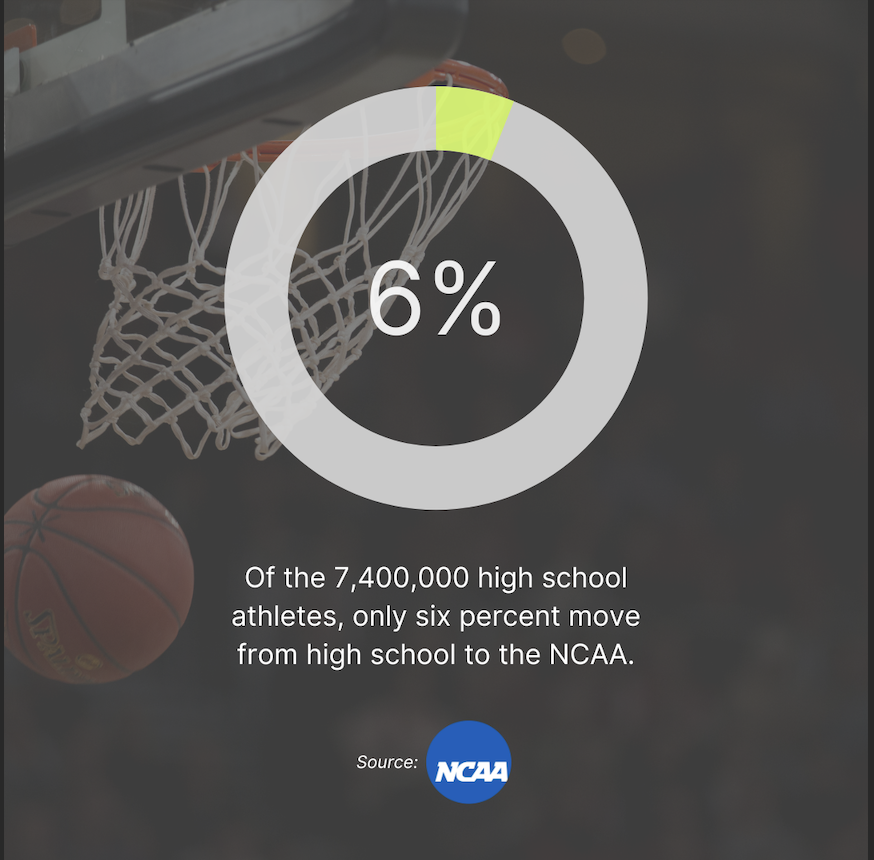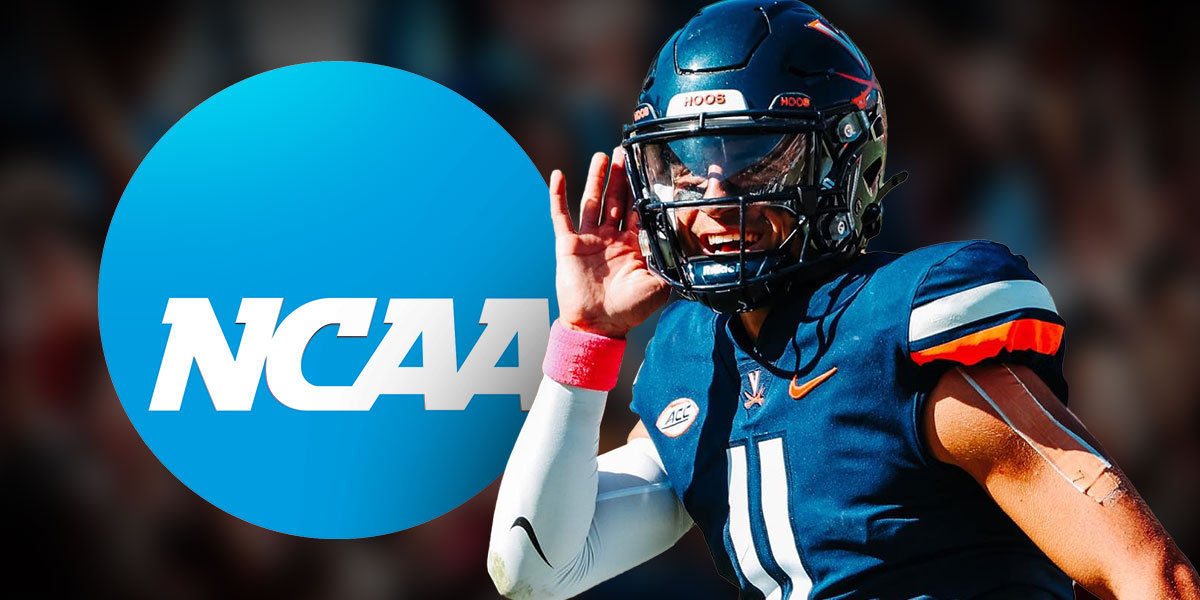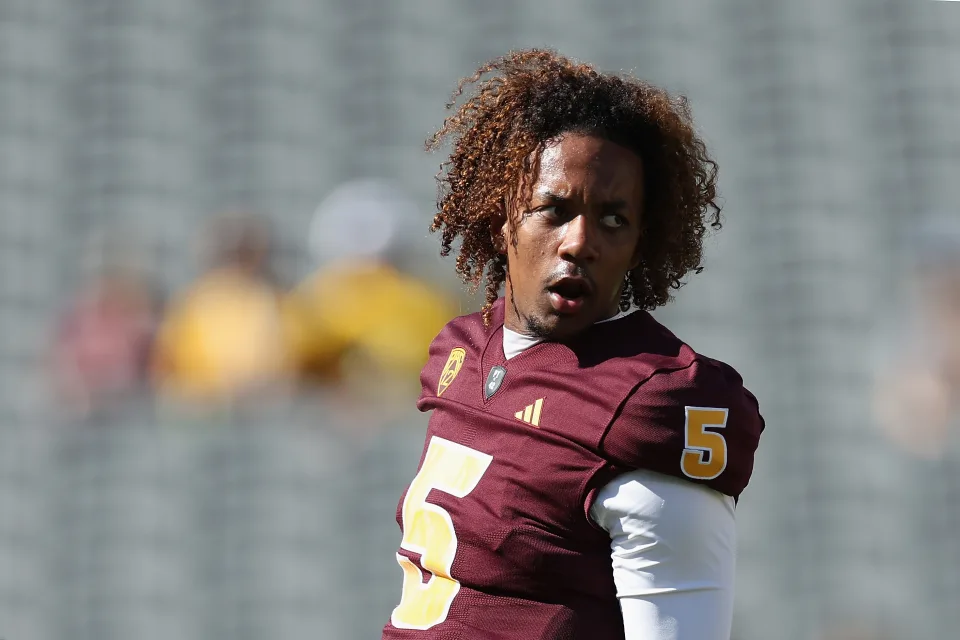Not the top NIL prospect in HS? How to build opportunity.

Since the NIL wave began last year, many high school and collegiate athletes have capitalized on brand partnerships and deals concerning their name, image, and likeness.
You’ve likely heard some of the most notable names mentioned in the NIL space. Athletes like Bryce Young, Emily Cole, Bronny James, Paige Bueckers, and Jada Williams. Their incredible athleticism combined with thoughtful personal brand building quickly propelled them into the spotlight, a shining beacon of potential that major brands were happy to snatch up.
Those five in particular also share the privilege of being top prospects in each of their respective sports. But what happens if you’re not currently the top recruited athlete in high school? Is NIL off the table for you? Can you still build opportunity?
As of 2020, the NCAA shared that 7,400,000 high school students in the U.S. compete in sports. Of that number, six percent move from high school to the NCAA, which is about 460,000 NCAA student-athletes.
That’s a lot of competition for a small number of opportunities, and it’s why building a personal brand and identifying a unique angle is critical to standing out amongst the noise. Let’s take a look at a few ways to build your brand.
Social Media
For high school student-athletes, one of the lowest barriers to entry for brand exposure is social media. It’s all too easy to create an account and start posting content, but when the long-term goal is to build a personal brand to attract potential future sponsorships, defining a brand strategy is critical. Think about what you want to share and how you want to be perceived online. When all else fails, pursue authenticity.

Many student-athletes doubling as influencers have mastered brand identity, sharing content that looks and sounds consistent. It’s especially important to give your audience a peek behind the curtain – not just sharing images from the competition field, but giving insight into individual values and interests. That helps attract brands that align with you. Do you like to cook a certain meal before games? Share that with your followers. Do you have rituals or traditions you perform before big matchups? Capture it. Think of ways to give your audience a look at the real you.
Remember, for many athletes, establishing a sizable social media following takes time and effort. Athletes like Bronny James (6.3M Instagram followers) are naturally going to attract larger brand interest. If your social presence is still in the early stages, take a page out of the book of former USC volleyball player Julia Scoles. During her final year of college eligibility, she was trying to capitalize on NIL opportunities with a relatively small number of followers: 10,600. Instead of waiting for brands to contact her, she proactively reached out to those that she already liked and supported.
That also helps create more authentic content. If you’re using a product or brand in training or competition, sharing that with your followers will be genuine and make any future partnerships or cross-promotion more seamless.
While social media can be an excellent tool for building personal brands, be sure to check with your high school or coaches to ensure you’re following the rules of your program’s social media policy. Some platforms can be banned or regulated by coaches (currently, there are no NCAA rules governing social media use for athletes).
University of Connecticut women’s basketball coaches, Geno Auriemma and Chris Dailey, restrict social media use during the season. Many other notable coaches have either monitored or outright banned social media use on their teams, including Steve Spurrier and Dabo Swinney.
Even if your current high school allows social media posting, be sure to discuss any bans or limitations your potential future coach may have on social media use.
Building a brand on social media takes forethought, strategy, and confidence. But if you can create content reflective of your vision and goals, you’ll have the necessary tools to build opportunities for your NIL.
Networking
Don’t be afraid to network and leverage connections. Regardless of where you go to school or where you rank amongst other athletes, personal relationships can provide access to additional opportunities.
Consider family friends or connections who might be able to help you expand your network. Many student-athletes have maximized internships or volunteer opportunities to get a foot in the door with larger brands or businesses. In many instances, it’s all about who you know. Making a personal connection with a decision-maker can create more opportunities for brand partnerships and interest in your NIL.
Performance
Even the best scouts and recruiters can overlook talent, and sometimes great players end up at smaller programs. But, for athletes who can dominate their sport at any level, people will take notice and that can build their NIL value.
Think of schools like Saint Peter’s and players like Doug Edert from the Men’s Basketball team. Edert was a standout performer during the team’s 2022 March Madness run to the Elite Eight, and he was able to capitalize on that exposure with an NIL deal with Buffalo Wild Wings.
The good news is that many student-athletes have broken the mold and helped pave the way, each in unique and varying ways. Some were the top-recruited prospect in their sport, attending powerhouse D1 programs. Others were lesser-known standouts from DIII institutions (like Caleb Eagans from East Texas Baptist University and Andrea Chiappetti from Wesleyan University). Still more found ways to leverage their social media following to attract brands and partnership interest.
There’s no one path forward. But for those willing to put in the time and effort to build opportunity, opportunities will follow.
Want to learn more about NIL and what it means to you as a student-athlete? Follow @EcckerSports on social media and learn more about the latest news and updates in your state at EcckerSports.com.


